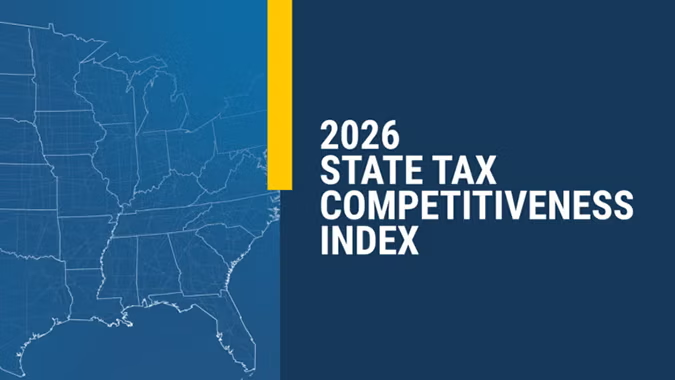New Jersey's population grew by 1.3% in 2024, faster than the median growth rate of 0.7% across the 50 states, according to a recent Pew analysis of U.S. Census data.
Population change is the difference between all new residents — births and newcomers arriving from other states and abroad — and those who have died or moved away. Immigration, both domestic and international, became the primary driver of population growth in 2024 in nearly every state (including New Jersey) with a population increase.
In fact, in 42 states, including New Jersey, population growth was faster in 2024 than the average for each of the previous 15 years (2009-2024).
New Jersey’s population grew by the equivalent of about 0.55% per year between 2009 and 2024. Natural population changes (births and deaths) accounted for 0.31% of that increase, and 0.25% was attributed to immigration from other states and abroad.
By comparison, in the one-year period between 2023 and 2024 New Jersey experienced a 1.29% increase in population, with immigration accounting for 1.1% of that growth. Natural population changes accounted for only 0.28% of that increase.
In 2024, Florida had the highest rate of international migration, which drove the state’s overall population growth to 2.04%, the highest of any state. After Florida, international migrants contributed the most to population growth in Massachusetts, Nevada, New Jersey, New York, Texas, and Washington.
Population trends affect state budgets in complex ways. For example, a fast-growing population typically strengthens the tax base, but it also increases costs for public services, such as education and infrastructure, Pew researchers said.
However, states with fast-growing populations typically have strong labor force growth, which fuels economic activity and helps generate tax revenue to fund increased spending on infrastructure, education, and other government services necessary to meet the needs of new residents, the Pew researchers said.
“The uptick in immigration had a particularly strong impact on the Northeast, which had been the nation’s slowest-growing region from 2009 to 2024,” Pew researchers Joanna Biernacka-Lievestro and Alexandre Fall wrote.
The Northeast is typically home to some of the oldest states in the U.S. exemplified by aging populations and declining birth rates.
“But in 2024, median population growth in the Northeast outpaced that of the Midwest and West thanks to a spike in newcomers from abroad,” they said.




